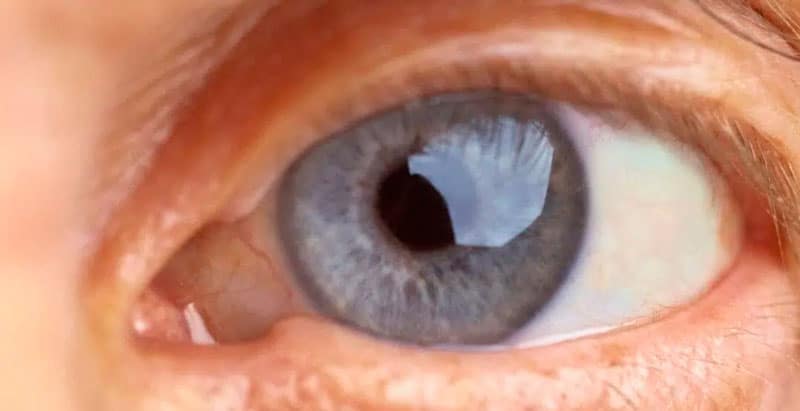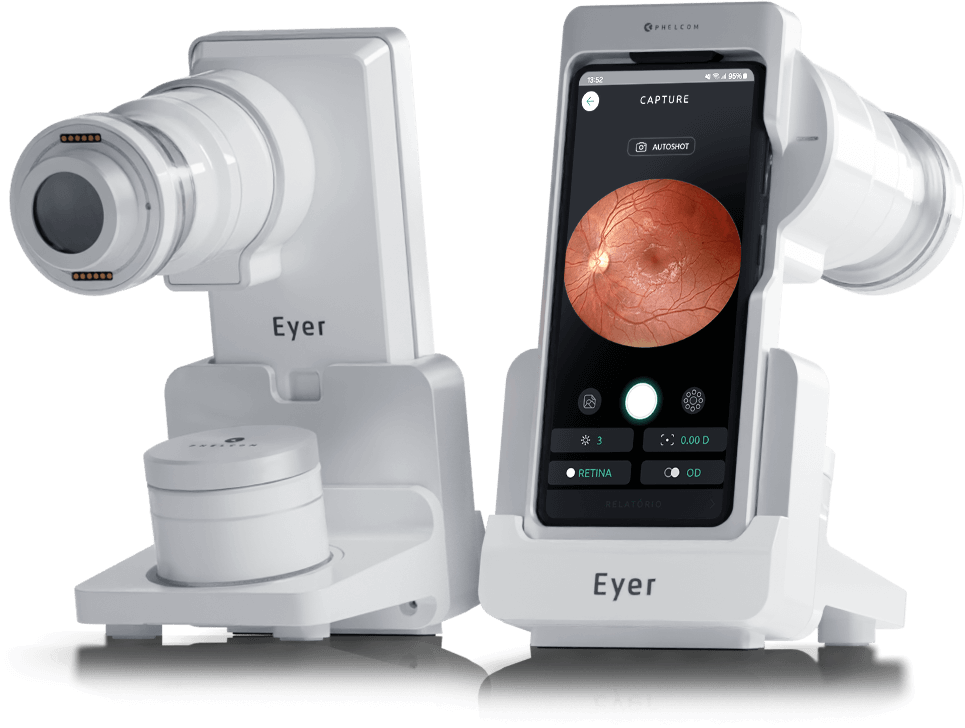A patient with retinitis pigmentosa was able to recover part of the vision after undergoing optogenetic therapy and light stimulation. For the first time, this technique has achieved partial recovery of visual function, according to clinical trial researchers. The study was published in Nature Medicine journal .
Before treatment, the man could only perceive the presence of light. Now, he already finds, counts, and touches objects. Learn about the clinical trial and how optogenetic therapy works.
The research
Researchers from the Sorbonne University, Quinze-Vingts Hospital and the company GenSight Biologics, from France, in partnership with the University of Pittsburgh, from the United States, and the Institute of Molecular and Clinical Ophthalmology of Basel, from Switzerland, conducted clinical trials with optogenetic therapy in patients with retinitis pigmentosa.
That degenerative genetic disease damages the retinal photoreceptor cells, causing progressive loss of vision. The condition evolves until the patient is completely blind. The problem affects one in 3.5 thousand people, according to Orphanet database. Currently, an estimated two million cases exist worldwide.
A 58-year-old man, blind for 20 years, received an injection into one of his eyes with a gene called ChrimsonR, that encodes opsin proteins and identifies amber light. These proteins are responsible for sending visual information to the brain.
He then underwent treatment with flashes of light directly on the retina. In optogenetic therapy, light pulses control gene expression and activation of neurons. Currently, they are widely used in laboratories to unravel neural circuits and can be a potential treatment for pain, blindness and brain problems.
Results
After producing enough opsins, which occurred five months after beginning therapy, the patient was given camera glasses that project amber-colored images onto the retina.
In the first exercise, the man needed to notice, find and touch a large book and a small box of staples. In total, he managed to touch the book in 92% of evaluations, and the boxes in 36% of the time.
In the second test, the patient achieved 63% efficiency when counting glasses on a table. In the third exercise, he wore an electrode helmet that monitored if he recognized a glass on the table or not. In this one, he was successful 78% of the time.
Seven months after receiving the injection, the patient already showed signs of improvement in vision.
After two years of treatment, the man still uses the glasses to see better. In fact, images will never be the same as natural ones, but for those who have been blind for 20 years, it is life-changing.
It is the first time that optogenetic therapy has managed to partly reverse vision loss by a genetic degenerative eye disease. The trial will now advance to phase 3 to confirm the effectiveness of this therapeutic approach. However, it will still take some time to offer the technique, as it needs more studies, more patients and more longevity.
Reviewed by Paulo Schor, ophthalmologist, free professor and director of innovation of the Federal University of São Paulo (Unifesp) and collaborator of the Faculty of Medicine of the Albert Einstein Hospital.
Follow Phelcom’s blog and stay on top of the main news about coronavirus and the eyes.




